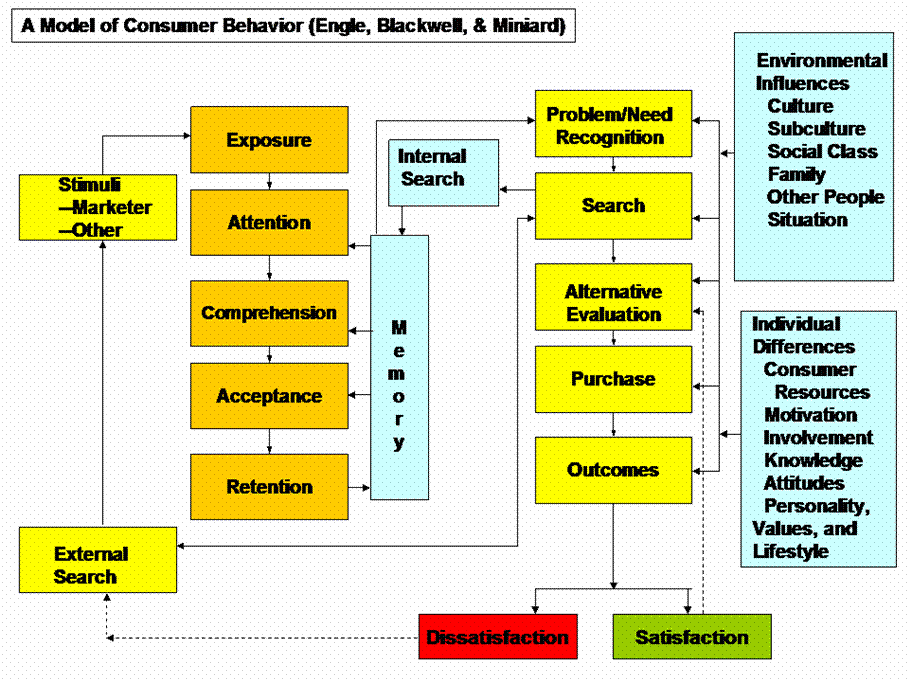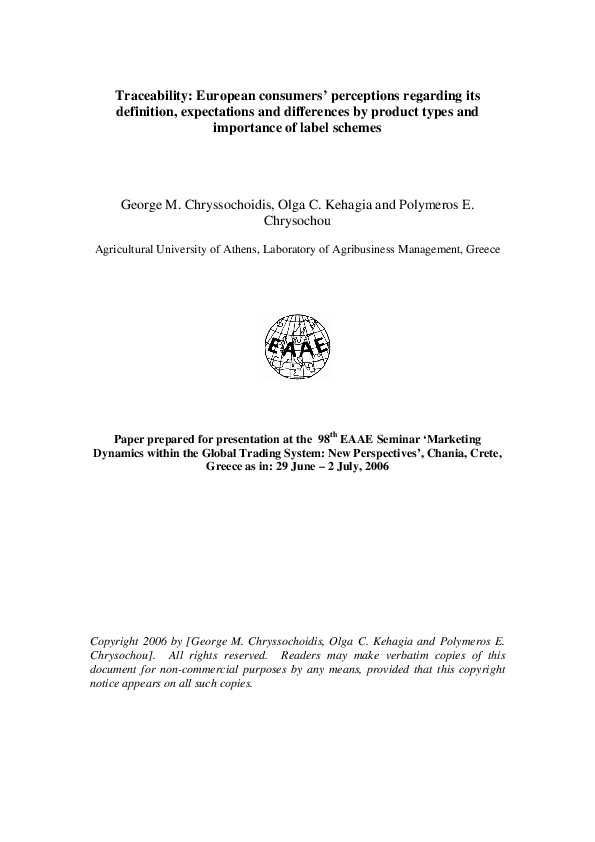
The limited research in the area of consumer perceptions of innovations, and its potential importance, is reinforced by Rogers (2003), p.
#Consumer perception definition pdf how to#
The literature contains neither agreement as to how to define and measure perceived innovativeness nor an existing model of its antecedents and consequences. New product and service idea screening continues to attract a significant level of research attention, and originality, uniqueness and value to the consumer remain key criteria by which innovations are assessed and judged (Magnusson et al., 2014). But how new is “new”? Or, in terms of this study’s focus, how innovative is an innovation? A better understanding of consumer perception of innovativeness may help to explain and forecast consumers’ unanticipated and often negative reactions to new products that firms had expected would be successful (perhaps based on management’s perception of the product’s innovativeness), and as such, provides an important and distinct contribution to the literature on consumer acceptance of innovations and innovation management. Scholarship in innovation has increasingly sought to understand diffusion of new products by examining individual consumer behavior processes (Alexander et al., 2008, Eriksson and Nilsson, 2007, Hoeffler, 2003), whereby an innovation is only new if it is perceived to be new by consumers (Rogers, 2003). These findings provide managers with a useful and practical theory for understanding and influencing consumer perceptions of a product’s innovativeness. The research extends work in the new product development area by (i) defining CPI within its nomological net and proposing an operational measure based on psychometric testing, (ii) suggesting that affect is more usefully viewed as a consequence of CPI rather than a dimension, and (iii) highlighting the important, yet often overlooked role, of perceived technology newness. This allows addressing the “so what?” (consequences) and the “how do you manage it?” (causes).



It then identifies and tests key causes and consequences of CPI on a national sample of consumers using a range of different innovations. This study proposes a new conceptualization for CPI based upon extant theory, qualitative research and two quantitative pilot studies. How innovative is a new product to consumers? Why is it perceived to be innovative and does perceived innovativeness affect consumer intention to adopt new products? Some investigations have explored consumers’ perceptions of innovativeness, but this research is fragmented and contains no comprehensive definition and examination of the construct of “consumer perceived innovativeness” (CPI-how innovative the product is from the consumer’s perspective).


 0 kommentar(er)
0 kommentar(er)
